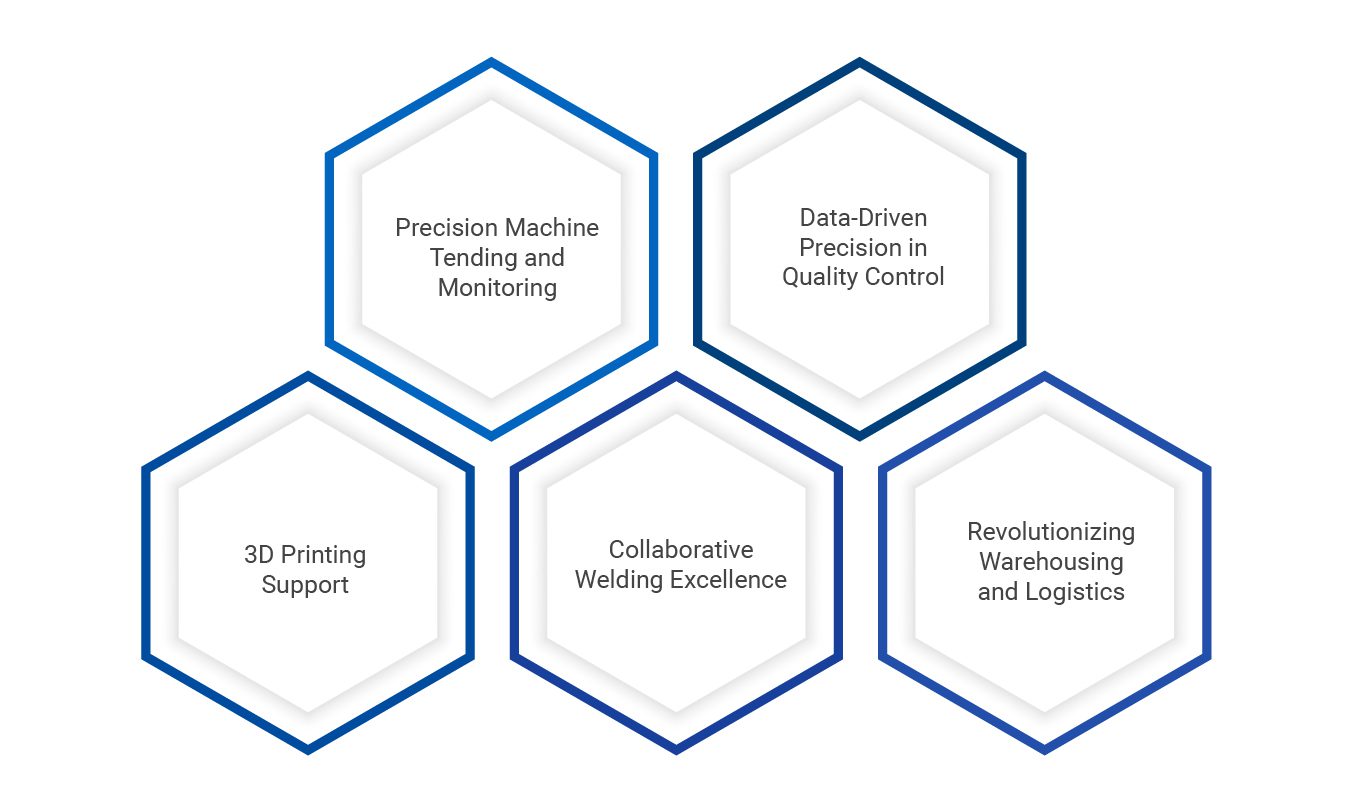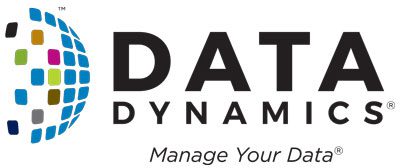Highlights:
- The manufacturing sector is experiencing a rapid shift toward automation, transforming it from a discretionary choice to an imperative for businesses seeking a competitive edge in the evolving market.
- Cobots are rapidly becoming indispensable in manufacturing due to their transformative impact on efficiency, flexibility, and safety. They collaborate with human workers, enhancing productivity by handling repetitive tasks and allowing professionals to focus on intricate aspects of production.
- Beyond their traditional roles, cobots excel in diverse applications such as 3D printing support, precision machine tending, collaborative welding, data-driven quality control, and warehousing/logistics, contributing to a more agile and responsive industrial landscape.
- Microsoft Azure emerges as a key partner for manufacturing companies adopting cobots. Its cloud-based services facilitate IoT integration, data analytics, security, scalability, and collaboration with productivity tools, providing a robust foundation for cobotic systems.
- Microsoft Azure, in collaboration with Data Dynamics, introduces the Azure File Migration Program. This program offers a ZERO-cost migration solution for manufacturing data to Azure, addressing challenges such as manual processes and budget constraints.
In this Quick-Byte:
Redefining Manufacturing Through Cobots: A Paradigm Shift in Automation
5 Lesser Known Applications of Cobots in the Manufacturing Industry
Microsoft Azure: Your Partner of Choice
Data: The Foundation for Collaborative Robots
The Data Dynamics Advantage
In the evolving landscape of manufacturing, collaborative robots, or cobots powered by Microsoft Azure, are reshaping operations by seamlessly integrating them into automated processes. These versatile robots, with their ability to undertake various tasks alongside human workers, enhance efficiency, flexibility, and safety. The blog explores the transformative impact of cobots, their lesser-known applications, and how Microsoft Azure provides a robust foundation for their integration. Additionally, it delves into the pivotal role of data in cobotic systems, emphasizing the importance of Unified Data Management (UDM) for effective data utilization. It highlights the combined efforts of these technologies, setting the stage for an intelligent, adaptive, and data-driven future in manufacturing.
Redefining Manufacturing Through Cobots: A Paradigm Shift in Automation
The manufacturing landscape is undergoing a rapid and undeniable transformation through the pervasive influence of automation. Industrial automation is no longer a discretionary consideration or a futuristic concept reserved for sophisticated operations. It has swiftly evolved into an imperative for businesses aiming to sustain a competitive advantage in the evolving market. Within this era of heightened automation, manufacturing cobots, or collaborative robots, emerge as an ideal fit. These versatile robots are well-suited to integrate into the advanced fabric of automated processes seamlessly. Whether for large corporations or small businesses, cobots offer a means to expand and automate operations within factories, warehouses, and research facilities. What sets collaborative robots apart is their capability to undertake repetitive, hazardous, or precision-demanding tasks side by side with human workers.
What are Cobots? How are they revolutionizing the manufacturing sector?
Collaborative robots, often referred to as cobots, represent a specialized category within industrial robotics designed for safe and effective collaboration with human workers. In contrast to traditional large and expensive industrial robots, cobots distinguish themselves with their compact size, reduced weight, and affordability. Their user-friendly programming interface makes them well-suited for various manufacturing and assembly tasks. While early versions of cobots were relatively simple, advancements in sensors, artificial intelligence, and robotics have elevated them to a level of sophistication far beyond their humble beginnings.
In manufacturing, cobots have become indispensable, reshaping operational dynamics by significantly impacting efficiency, flexibility, and safety. Unlike traditional robots, cobots seamlessly collaborate with human workers, boosting productivity by handling repetitive tasks and allowing professionals to focus on intricate aspects of production. Their inherent adaptability enables easy programming and reprogramming to swiftly meet changing production requirements. This flexibility, combined with advanced safety features, addresses industry challenges related to workforce dynamics and the need for secure working environments.
Cobots play a crucial role in democratizing automation, extending its benefits to small and medium-sized enterprises. Their affordability and easy integration empower businesses of various sizes to leverage cutting-edge manufacturing technologies. Beyond their automation role, cobots foster a culture of collaborative innovation within manufacturing entities. Human workers engage in synergistic partnerships with these robots to optimize processes, identify improvement areas, and implement inventive solutions. This growing demand for cobots signifies a shift in manufacturing, where the harmonious interplay of human intuition and robotic precision creates adaptive, efficient, and sustainable production environments.
Since their introduction in 2008, collaborative robots, or cobots, have experienced a significant surge in adoption within the manufacturing landscape. This surge is undeniably attributed to the capacity of cobots to enhance efficiency and productivity for human workers by simplifying daily tasks. Unlike their industrial counterparts, cobots offer a streamlined and less labor-intensive setup, making them an appealing choice for manufacturers seeking agile automation solutions. The International Federation of Robotics projects an annual growth rate of 40%, while Interact Analysis anticipates that cobot revenues will achieve an impressive $1.94 billion by 2028, constituting 15.7% of the overall robot market.
5 Lesser Known Applications of Cobots in the Manufacturing Industry

3D Printing Support: Equipped with advanced features like vision sensors and force feedback algorithms, they handle intricate tasks such as automated filament loading and unloading. Their precise sensors ensure accurate filament positioning, leading to consistent printing quality and reduced material waste. Cobots also contribute to the removal of support structures, delicately extracting them without harming the finished print, thus saving manual labor and reducing the risk of print failures. Additionally, they integrate polishing or sanding tools for refined surface finishes, automating post-processing and enhancing the cosmetic appeal of 3D-printed objects. A study by Deloitte and the Manufacturing Leadership Council predicts an 80% increase in 3D printing adoption over the next five years, with cobots playing a crucial role in driving this growth.
Precision Machine Tending and Monitoring: Cobots with high-precision grippers and advanced vision systems handle the loading and unloading of workpieces onto CNC machines with exceptional accuracy. They surpass human capabilities, minimizing product defects and integrating sensor technologies for anomaly detection in machine performance. Through AI-powered monitoring, cobots analyze sensor data with a 95% accuracy rate, predicting potential failures and enabling preventive maintenance. This proactive approach reduces unplanned downtime by up to 50%. Advanced cobots also feature automatic tool-changing mechanisms, enhancing production agility by 20% and enabling the flexible and seamless production of diverse parts.






